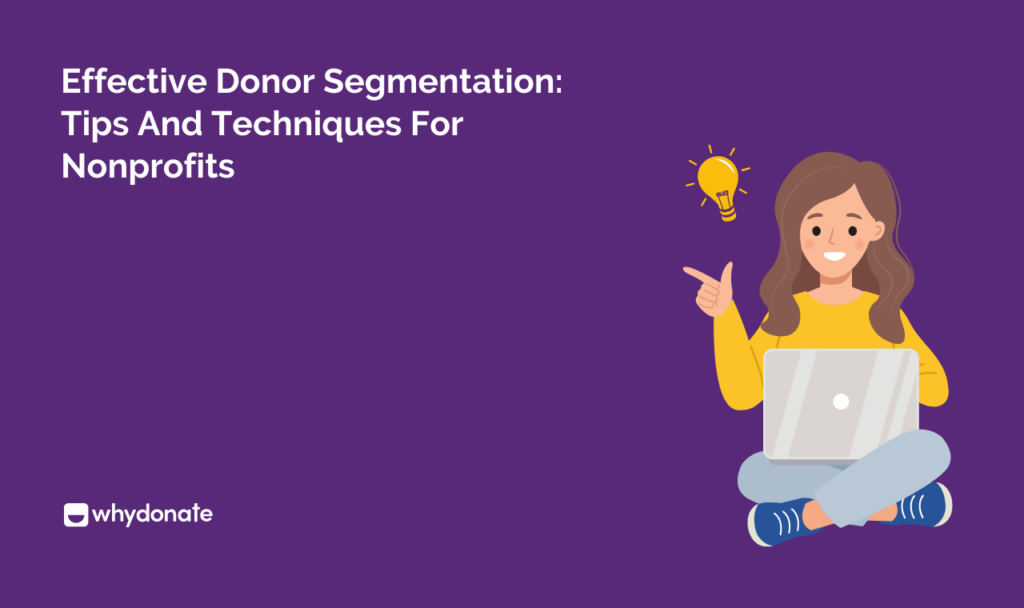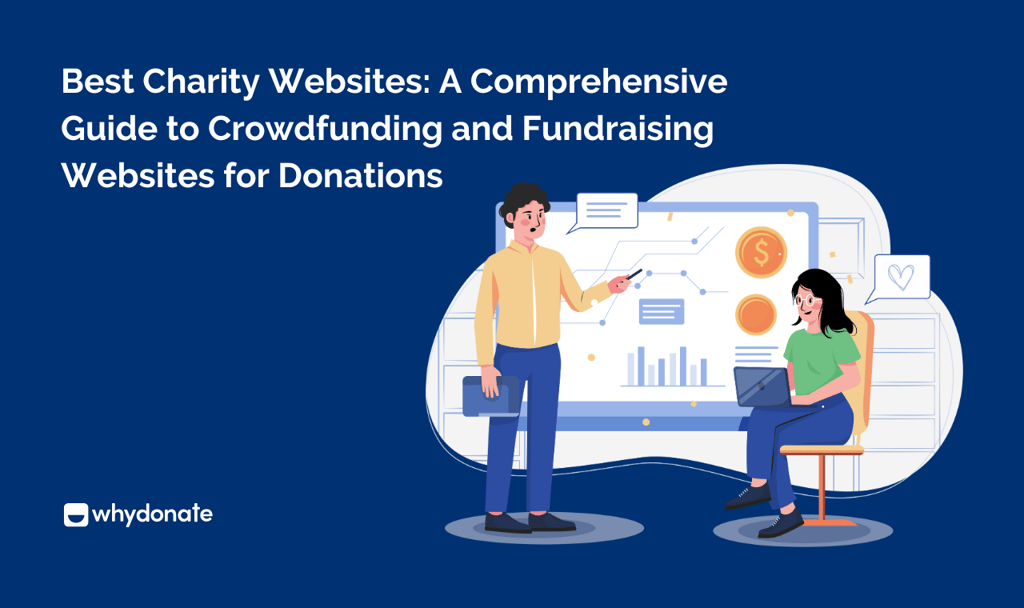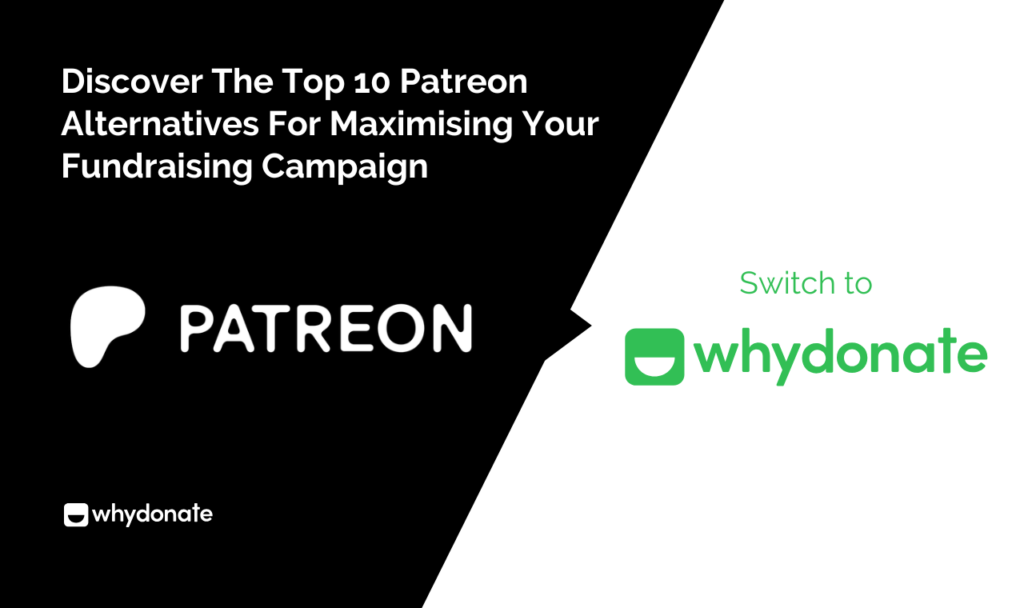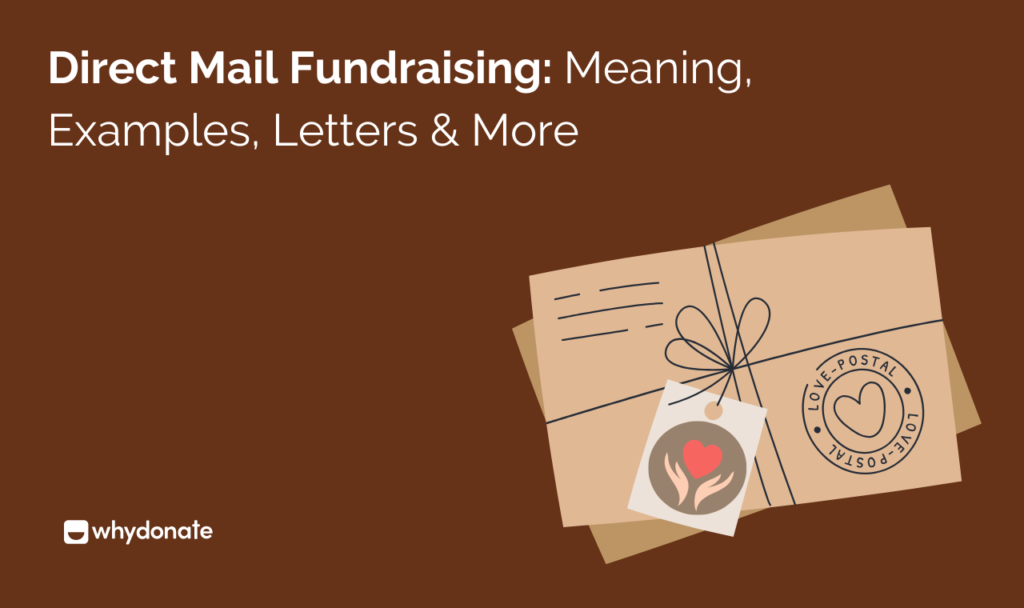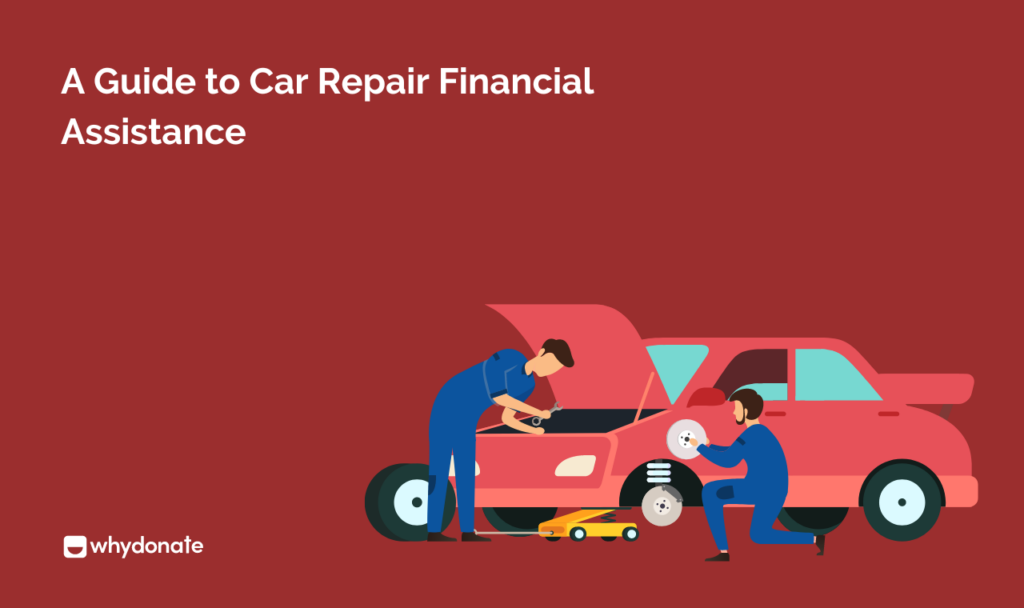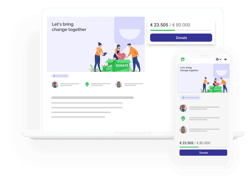In today’s challenging fundraising landscape, donor segmentation is a powerful strategy for nonprofits to elevate their donor engagement, retention, and overall fundraising success.
This guide explores the benefits of donor segmentation and outlines practical steps for implementing effective donor segmentation strategies tailored to your organization’s goals. You’ll learn how to leverage donor data to identify key segments, craft targeted messaging, and ultimately maximize the impact of your donor outreach and fundraising campaigns.
Table of Contents
What Is Donor Segmentation?
Donor segmentation is the process of dividing your donor base into distinct groups or segments based on shared characteristics, such as geographic location, age, education level, or donor status. By segmenting your donors, you can tailor your communications and appeals to resonate with each segment’s unique preferences and behaviors.
Donor segmentation involves separating your nonprofit’s supporters into subgroups based on common qualities and traits they share. This strategy allows you to create personalized interactions and communications, which donors appreciate and prefer over generic messages. For example, you can segment donors based on their physical location and send event invitations accordingly, emphasizing in-person attendance for local supporters and live-streaming options for those residing farther away.
Donor Segmentation With WhyDonate
As you embark on your fundraising journey, WhyDonate allows you to do all kinds of experiments implementing a donor segmentation strategy. WhyDonate’s all-in-one dashboard helps you remember to gather and analyze data to refine your segments continuously. Moreover, WhyDonate is free to start and the most affordable payout option. The platform is available globally to more than 117 countries and in 19 languages, breaking the language barrier while you fundraise seamlessly.

Try WhyDonate For Your Campaign And Experience How Donor Segmentation Can Boost Your Fundraiser!
Benefits Of Donor Segmentation
Donor segmentation offers several key benefits that can significantly enhance your nonprofit’s fundraising efforts and donor relationships:
By segmenting your donors based on shared characteristics, you can tailor your messaging and appeals to resonate with each group’s unique interests and preferences. This personalized approach ensures your communications are relevant, compelling, and more likely to drive engagement. You’ll reduce the risk of sending irrelevant messages that could lead supporters to disengage or unsubscribe.
Personalized and targeted outreach resulting from donor segmentation can lead to higher donation rates. When you understand a donor’s giving patterns and preferences, you can make more appropriate and feasible asks, increasing the likelihood of a positive response. Additionally, segmentation allows you to identify your most valuable donor segments and prioritize efforts to cultivate those relationships.
Segmentation enables you to build stronger connections with donors by providing personalized experiences aligned with their interests and behaviors. This sense of connection and loyalty encourages donors to continue supporting your organization over time. Studies show that personalized communications through segmentation can significantly improve donor retention rates, a key metric for sustainable fundraising success.
Types Of Donor Segmentation
There are several ways to segment your donor base to create targeted and effective fundraising strategies. Here are some common types of donor segmentation:
1. Demographic Segmentation
Demographic segmentation involves grouping donors based on characteristics like age, gender, income level, education, and location. For example, you might tailor messaging differently for young urban professionals versus retirees in rural areas. Key demographic traits to consider include:
- Age
- Gender
- Income level
- Education
- Marital status
- Geographic location
2. Behavioral Segmentation
This approach segments donors based on their giving patterns and engagement levels with your nonprofit. Some behavioral segments include:
- Giving frequency (one-time, monthly, annual donors)
- Donation amount (major donors, small gift donors)
- Giving channel (online, direct mail, events)
- Engagement level (volunteers, event attendees, social media followers)
BBehavioraldata helps identify your most valuable donor segments and tailor asks appropriately.
3. Geographic Segmentation
Geographic segmentation groups donors by location, such as country, state, city, or neighborhood. Geographic segments are often combined with demographic or behavioral data to create richer donor profiles. This allows you to:
- Target local event promotion regionally
- Customise messaging for cultural relevance
- Identify expansion opportunities in new areas
By leveraging these key types of segmentation, you can deliver more personalized donor experiences, strengthen relationships, and maximize fundraising impact across different audience groups.
Steps To Implement Donor Segmentation
To implement an effective donor segmentation strategy, follow these key steps:
-
Gather Data
Collect comprehensive data about your donors in a modern donor database or CRM. When donors give, register for events, or fill out surveys, save details like their name, contact information, donation amount, date, communications leading up to the donation, and events attended. Over time, compile additional data about their interests and motivations in individual donor profiles.
-
Identify Segments
Analyze the donor data to identify meaningful segments based on commonalities. Some common segmentation criteria include recency (how long donors have been giving), frequency (how often they give), type of giving (one-time, recurring, etc.), donation amount, reasons for giving, and areas of interest. Look for patterns and create segments accordingly.
-
Tailor Communication
Once you’ve defined your donor segments, craft personalized messaging and communication strategies for each group. Tailor the content, tone, channels, and calls to action to resonate with each segment’s unique interests, preferences, and behaviors. This targeted approach ensures your communications are relevant and engaging, improving donor retention and increasing donations.
Conclusion
Effective donor segmentation empowers nonprofits to forge stronger connections with their supporters and maximize fundraising impact. By segmenting your donor base based on shared characteristics, preferences, and behaviors, you can tailor communications and outreach strategies to resonate with each group’s unique needs and motivations. This personalized approach not only enhances donor engagement and retention but also increases the likelihood of securing more donations.
Stay attuned to shifts in donor behavior, adapt your tactics accordingly, and consistently strive to deliver meaningful experiences tailored to each donor’s journey. With donor segmentation at the core of your fundraising efforts, you’ll be well-positioned to cultivate lasting relationships and drive sustainable growth for your nonprofit’s mission.
Donor Segmentation Related FAQs
Q. How are donors typically classified in nonprofit organizations?
Donors can be classified by examining the stages of their relationship with the organization, known as the donor lifecycle. This includes various phases, such as awareness, engagement, donation, retention, loyalty, and advocacy.
Q. What strategies are effective for attracting new donors?
To attract new donors, it’s crucial to first understand the characteristics and motivations of your current donors. This data can help identify and target potential donors who share similar traits, enabling more effective communication and engagement.
Q. What does psychographic segmentation mean in the context of donor management?
Psychographic segmentation involves categorizing donors based on their motivations, values, and beliefs. This method allows nonprofits to gain insights into what drives their donors’ behaviors, helping tailor outreach and communication strategies to align with their donors’ preferences.
Q. What are some effective methods to enhance donor engagement?
Enhancing donor engagement can be achieved through various strategies:
- Conduct thorough research on donors.
- Monitor and track donor interactions.
- Leverage donor data in marketing efforts.
- Share stories that highlight the impact of donations.
- Maintain an active presence on social media platforms.
- Implement targeted email marketing campaigns.
- Involve board members in engagement activities.
- Develop a membership program to foster long-term relationships.
